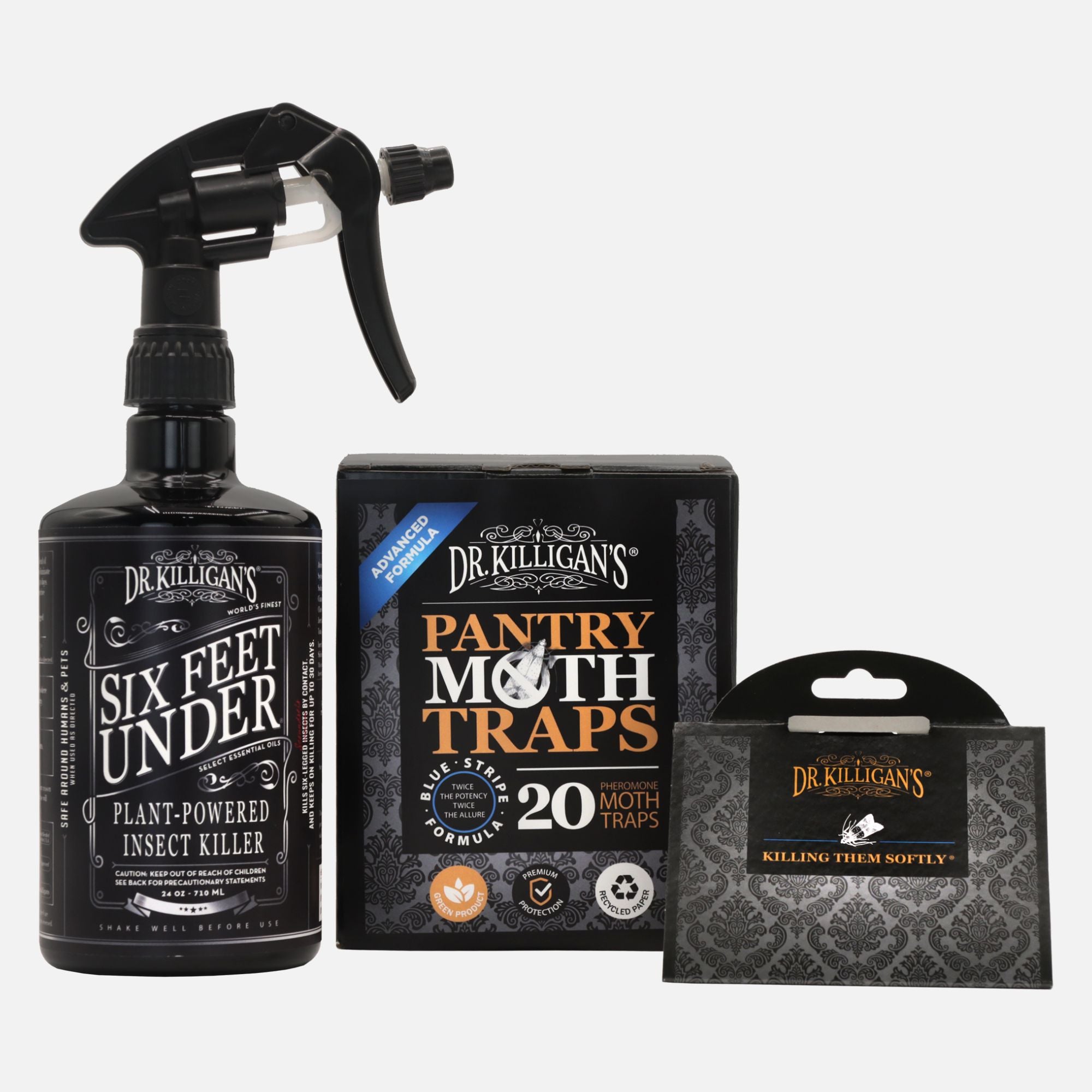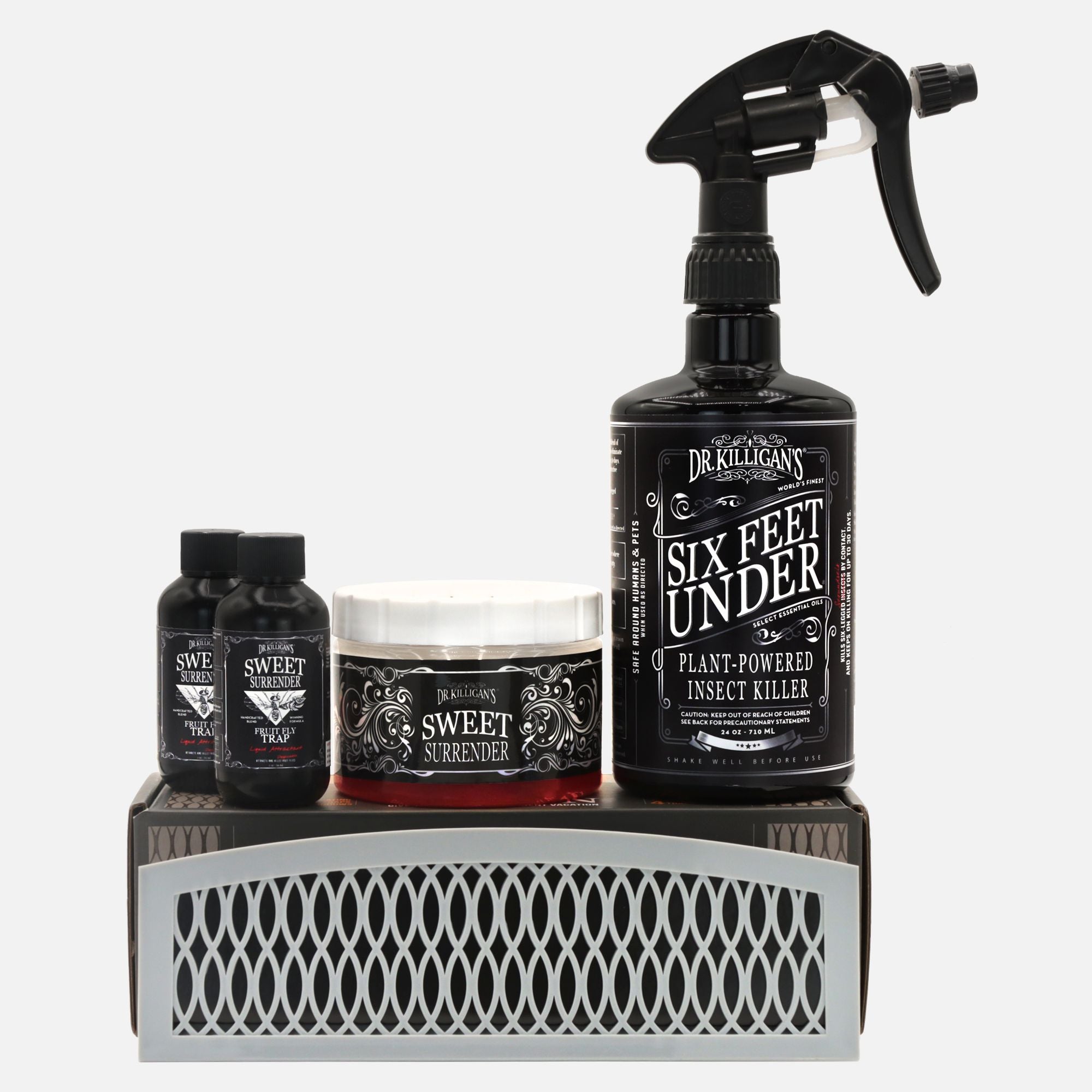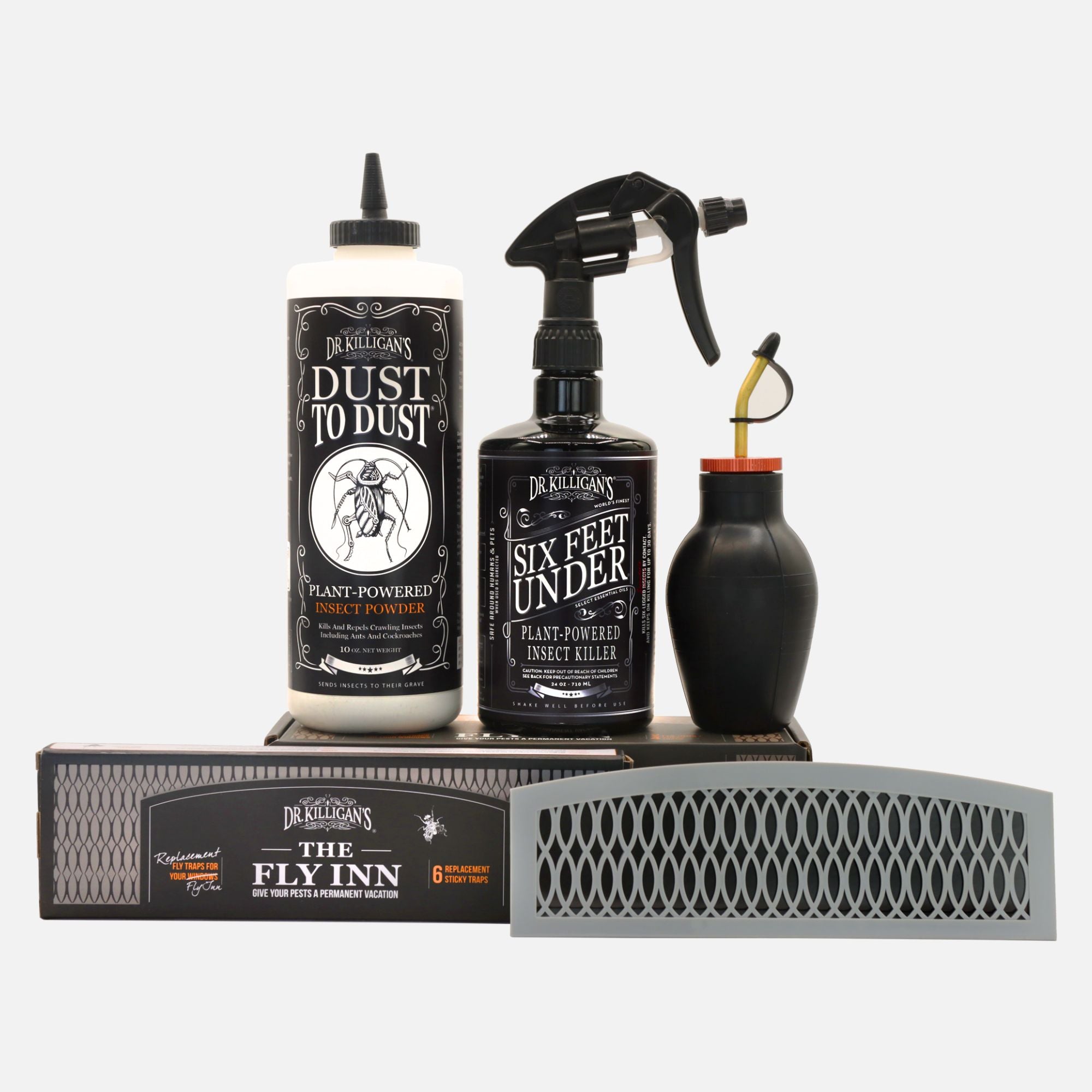With their long, sleek bodies, distinctive antennae and unique wiggling manner, silverfish are most curious creatures. But, once they cross my threshold, my view drastically changes. They transform into unwelcome invaders, nesting in my home, feasting on my books and causing havoc. They must be eradicated.
Yet, as I take a closer look at this one agile and cunning creature scurrying across my cover of One Hundred Years of Solitude by Gabriel García Márquez (1967), I realize that it isn’t a silverfish at all. It’s a bristletail.
Bristletails are close in appearance to silverfish. In fact, they are both members of the insect order Zygentoma and are closely related.
There are several small insects that are often confused with adult silverfish. These are:
- Earwigs: Unlike silver-colored silverfish, they are brown or black in color. They also have pinchers.
- Bristletails: Also known as “jumping bristletails,” they have a similar shape and color to silverfish.
- Firebrats: They have a similar appearance to silverfish, but have longer antennae. They can also withstand hotter environments.
- Booklice: They have a similar shape to silverfish, but are much smaller and more lightly-colored.
When any creature invades your home, it’s important to know exactly what you’re dealing with, as different insects choose distinct nesting locations, have varying dietary preferences and may (or may not) be harmful. Let’s delve into the specifics of these five insects so that you’re fully aware of exactly what miscreant you’re dealing with.
What are silverfish?

Known as the silver bug and belonging to the Zygentoma order, silverfish are incredibly fast and agile insects that are able to dart and wiggle their way out of tight spaces and move quickly over any surface (even vertical ones). Unfortunate to homeowners, they are highly adaptable and resilient insects, able to survive in a wide range of environments and conditions, including extreme temperatures and high humidity, even with scarce food supplies. They are nocturnal creatures and damage a plethora of household items during their waking hours.
Silverfish facts that set them apart:
- Appearance: Silverfish are 13-25 mm in length (which is approximately a half-inch to one inch). They are carrot-shaped with long, slender, tapered bodies that are covered with metallic silver-colored scales that shimmer in the light.
- Environment: They prefer dark environments with humidity levels between 75-95%, which is higher than what many other insects can tolerate. They are often found in damp areas—such as basements, bathrooms and kitchens—as well as in areas with poor ventilation or water damage. These high-humidity areas allow silverfish to absorb moisture through their skin and sustain themselves without needing to drink water directly. They can also be found hiding in bookshelves, behind wallpaper and in other areas where paper and glue are present.
- Diet: Silverfish feed on cellulose-based, starchy materials— such as paper, wallpaper paste, book bindings, glue, fabrics and cardboard. They can also consume human and pet food if other sources are not available.
- Potential to cause harm: Silverfish are not dangerous. They are relatively harmless to humans and do not bite, sting or transmit diseases.
Tip: The term "cellulose-based" refers to materials made from the structural component of plant cell walls—cellulose. Silverfish are attracted to these materials because they contain plant-derived substances that these insects can digest.
What are earwigs?
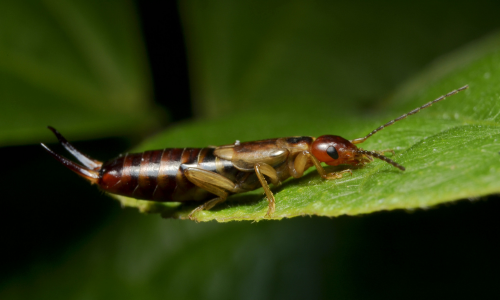
Earwigs—which I know as pincher bugs—belong to the order Dermaptera and have been around for millions of years. They've earned a dual reputation as both a pest and a helpful ally; in the garden, they feed on other insects like aphids and mites. However, despite their beneficial role in controlling pests, an earwig infestation can still be a significant nuisance. It's important to implement prevention and control measures. Nevertheless, I retain a certain admiration for these ancient insects and the crucial role they play in the natural world.
Earwig facts that set them apart:
- Appearance: Earwigs have elongated, flattened bodies, small heads and measure about 5-25 mm in length, depending on the species. (This is roughly one-fifth to 1 inch). They have two pairs of wings (unlike the other insects aforementioned). Their most distinctive feature is their curved forceps—or pincers—which protrude from their abdomens. Earwigs are typically dark brown to black in color (which distinguishes them from silver-colored silverfish).
- Environment: They are found throughout the world and are adaptable insects that can live in a variety of environments. In your home, earwigs are attracted to warm, moist environments, so they may be found in areas like kitchens, bathrooms and basements. They dislike hot, dry weather.
- Diet: Earwigs are omnivorous insects, meaning they feed on both plant and animal matter. They are opportunistic feeders and will eat other insects—even dead ones—small arthropods, and decaying plant matter, including houseplants. In your home, they will eat a variety of foods, including crumbs, pet food and other organic materials.
- Potential to cause harm: Contrary to popular belief, earwigs do not crawl into human ears. They are not harmful to humans and do not transmit diseases. Though they have forceps on their abdomens, these pincers are not strong enough to break human skin.
What are bristletails?

Bristletails— sometimes referred to as "silverfish with tails" because of the similar shape and coloration they have to silverfish—also belong to the order Zygentoma. They (like earwigs) have been around for millions of years, mastering their domain through countless evolutionary changes and environmental shifts. They serve as an important food source for many predators in the ecosystem.
Unlike silverfish, bristletails are more commonly found outdoors.
Bristletail facts that set them apart:
- Appearance: Bristletails are typically brown or gray in color and have a more tube-shaped body (in comparison to silverfish, which are more flattened). In addition, they are generally larger than silverfish, with some species reaching up to 20 mm (or approximately three-fourths of an inch) in length. They—along with silverfish and firebrats—have three appendages that protrude from their abdomen. This helps to distinguish these three insects from earwigs, as earwigs have two appendages that protrude from their abdomens.
- Environment: They are typically found in outdoor environments—such as in soil, in leaf litter, under stones and in decaying wood and bark crevices. They are also known to inhabit grasslands, caves and forests. While bristletails prefer moist environments, they can also tolerate dry conditions.
- Diet: Bristletails feed on decaying plant matter, fungi and algae—like fallen leaves, molds and mosses. Some species may also feed on other small insects or dead animals.
- Potential to cause harm: Bristletails are not considered harmful to humans or pets. They do not bite or sting and do not carry diseases.
What are firebrats?

Firebrats belong to the Zygentoma order. They may not be as famous as their cousin—the silverfish—but they are just as intriguing. With their long antennae and flattened bodies, they scuttle around with such speed and agility that they could give an Olympic sprinter a run for their money. But don't be fooled by their size; these little critters can cause quite a stir when they infest a building. They love to nibble on a wide range of organic materials and can cause significant damage if left unchecked.
Firebrats differ from silverfish in color, appearing in shades of grey or brown, and prefer warmer conditions.
Firebrat facts that set them apart:
- Appearance: Firebrats have a slender and elongated body shape, somewhat similar to silverfish, although their bodies are tapered and flattened at both ends. They are covered in fine hairs or scales that give them a slightly velvety appearance. Compared to silverfish, firebrats have a more uniform coloration, with a lighter background color and dark stripes running along the length of their body. They are also smaller in size than silverfish, typically measuring between 6-12mm (or around one-fourth to one-half inch) in length.
- Environment: Firebrats are typically found in warmer environments (than you would find silverfish in), such as around boiler rooms, ovens, furnaces, hot water pipes and hot water heater closets, preferring temperatures ranging from 90 to 108 degrees Fahrenheit. These environments provide the optimal temperature for firebrats to thrive and reproduce. Additionally, warm and humid environments provide the necessary moisture for firebrats, as they are prone to desiccation (drying out) in dry environments.
- Diet: Firebrats primarily feed on cellulose-based materials, which include a variety of household items—such as cereals, flour, pasta and pet food. This preference extends to paper products—like wallpaper and book bindings— which contain cellulose and are often bound with adhesives made from plant-based materials like wheat paste. Starch, found in clothing and some adhesives, is another cellulose-related substance that attracts firebrats.
- Potential to cause harm: Firebrats are not considered harmful to humans, as they do not bite or sting and are not known to transmit diseases.
Note: In the case of an infestation, their feces, skin molts and yellow excrement (as well as those of silverfish and bristletails) may rarely trigger allergic reactions in some people, particularly those who are very sensitive to dust or insect allergens.
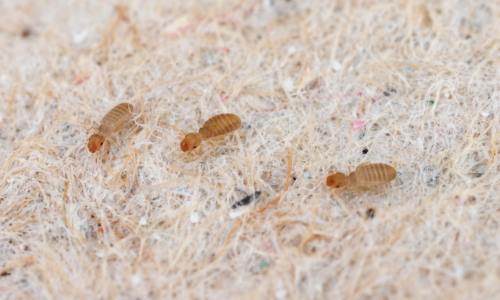
What are booklice?
Ah, booklice. A common sight in libraries and archives, these tiny psocids, belonging to the Psocoptera order, may be small, but they can cause quite a stir. Despite their name, they aren't actually lice at all, but rather a type of psocid. (Psocid are minute, usually winged insects with simple mouthparts, formerly grouped under the synonym Corrodentia.)
Booklice facts that set them apart:
- Appearance: Booklice are very small, measuring only 1-2 mm (which is the width of half-of-a-nickel to one nickel laid on its side) in length. They are flattened, have soft, white or light brown oval-shaped bodies and long antennae. Because of their size, they are easily mistaken for bedbug nymphs.
- Environment: This species received its (common) name because they are frequently found amongst old books. They prefer environments with high humidity or moisture levels—such as libraries, archives and other areas where books and papers are stored. Booklice can also be found in homes— particularly in areas like basements, bathrooms and kitchens—where humidity levels may be high. Here, they are often found hiding in cracks and crevices or in small spaces between books and papers.
- Diet: Booklice feed upon the paste and starches used in book bindings, as well as the microscopic molds and fungi that grow on paper and other organic materials. Besides damaging books, they also sometimes infest food storage areas, where they feed on dry, starchy materials—such as flour, cereals, corn starch and dried pasta.
- Potential to cause harm: They are scavengers and are not harmful to humans or pets. They do not bite, sting or transmit diseases.
Why am I finding so many silverfish (or earwigs or firebrats or booklice) in my home?
If any of these slithering miscreants are frequently found in your home, their presence is an indicator of high humidity or moisture levels, which can—if left unchecked—contribute to mold growth and other structural issues. Therefore, it is important to address an infestation promptly and take steps to reduce humidity levels in affected areas—such as improving ventilation, fixing leaks and using dehumidifiers. By controlling moisture levels and eliminating food sources, it is possible to prevent any of these three insects from becoming a bigger problem in a building.
Note: Bristletails are not included in this discussion as they typically prefer outdoor environments.
How do I get rid of silverfish (and earwigs and bristletails and firebrats and booklice)?
You can help to get rid of silverfish, earwigs, firebrats and booklice by following the suggestions above. To completely get rid of these four, plus bristletails, I suggest the use of Six Feet Under Plant-Powered Insect Spray. Six Feet Under, an effective non-toxic spray, will kill these adult miscreants, their larvae and their eggs. Be mindful of the environment in which they’re living (and hiding)—such as cracks, crevices and baseboards—as you will want to target these locations. In doing so, remember that silverfish, earwigs, firebrats and bristletails are nocturnal. Therefore, if you suspect an infestation of these four insects, it may be helpful to inspect affected areas at night—with a flashlight—to observe their activity and better target your control efforts.

Another suggestion is the use of our Insect Buster Bulb Duster, in combination with food-grade diatomaceous earth (which must be purchased separately). The brilliance of the Insect Buster is that it offers precise distribution, which is exactly what you need when puffing into cracks and crevices. The power and beauty of diatomaceous earth is that you simply need to lay a path where you have seen (or believe there to be) insect activity. You need not be present. Once the silverfish (or earwig or firebrat or bristletail or booklice) glides across a thin trail of this powder, their time is swiftly diminished.
A third and final suggestion is our Dust to Dust Plant-Powered Insect Powder. Similarly to diatomaceous earth, Dust to Dust should be applied by laying a path in areas where insect activity is suspected or observed. This non-toxic powder offers a safer and more effective alternative for insect control, with proven kill times up to 50% faster than diatomaceous earth. Utilize our Insect Buster for precise application, ensuring that the insects encounter the powder as they move through treated areas.





